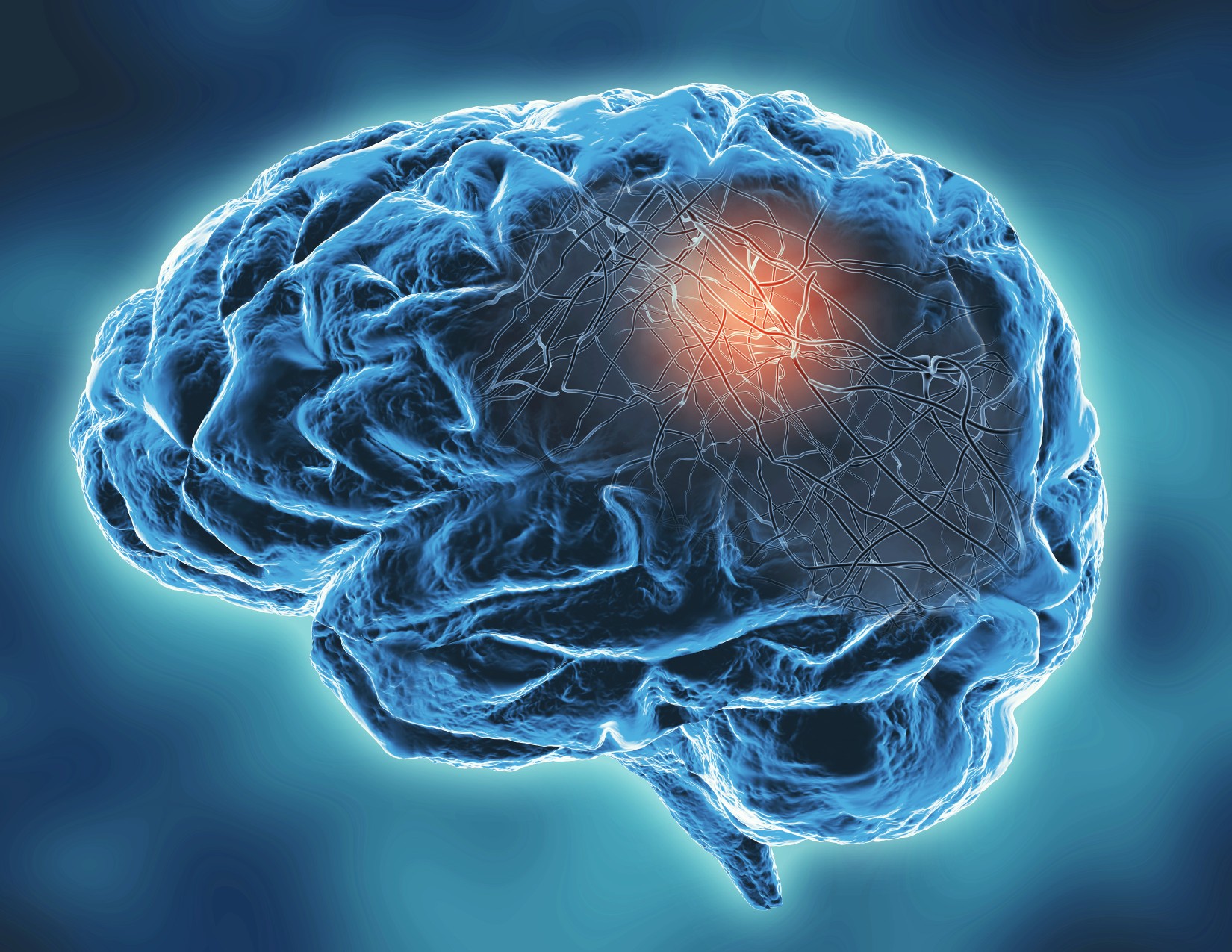How a Rainy Night and Beyoncé Kept DC Metro Running
August 9, 2023
In the captivating world of music and entertainment, artists wield a unique power that extends beyond the boundaries of the stage, leaving an indelible mark on the hearts and minds…

Scientists have developed an app for your smartphone that will make it possible for you to check on whether you are at risk for a brain disorder simply by taking a close-up picture of your eye.
Researchers at the University of California in San Diego who developed the app say it will allow you to screen for ADHD, Alzheimer’s, or other brain disorders and diseases.
The app—which has been designed so that it can easily be used by older adults—uses a near-infrared camera that is included in the latest smartphones. The camera is built into the phones for facial recognition as a security measure to prevent unauthorized use of your phone. The app combines this technology with the regular “selfie” camera built into the phone to track how your pupil changes in size. Those measurements can then be used to determine your cognitive condition.
Although a lot of work remains to be done, this technology has the potential to bring neurological screening from clinical laboratories into homes, says Colin Barry, a doctoral student in electrical and computer engineerings at the University of California in San Diego. The technology also could open the door to new explorations of using smartphones to monitor and detect potential health problems when they are in their early stages, Barry adds.
The size of your pupil can provide information about the functions of your brain, according to recent research. An example is that the size of your pupil increases when you undertake a challenging cognitive task or when you hear a sound that you did not expect.
The change in the size of your pupil is obtained by using what scientists call a “pupil response test.” This test has the potential to offer a simple and easy method of monitoring and diagnosing a variety of brain disorders and diseases.
At present the response test needs equipment that is costly and specialized. That factor makes it impractical to use it outside a clinic or a laboratory.
The new solution is more accessible and affordable, say engineers in the UC San Diego’s Digital Health Lab, led by electrical and computer engineering professor Edward Wang.
A tool that can be used for large-scale screenings using a smartphone will make the development of pupil response tests much easier, explains Eric Granholm, a psychiatry professor at the UC San Diego School of Medicine. These tests would be inexpensive and minimally invasive ways to detect and understand brain disorders such as Alzheimer’s disease.
The impact on public health could be major, he adds.
The app uses the smartphone’s near-infrared camera to detect a person’s pupil. The camera is effective as it makes it possible to differentiate the pupil from the iris, even in a person whose iris is of a darker color. The app can then calculate the pupil size with accuracy right down to sub-millimeters across a variety of eye colors.
The app uses the “selfie camera” to photograph the distance between the user and the smartphone. This distance can change the size of the pupil from the near-infrared image into millimeter units.
The resulting measurements are comparable with those that are taken by a device known as a pupilometer, which scientists say is the gold standard used when measuring the size of a pupil.
A leading factor in developing this technology is to make sure that these solutions can eventually be used by anyone, Barry notes. Older adults who might not be familiar with using smartphones can then be included.
The research team worked with older participants in order to design an app that would be simple to use so that older people could administer their own pupil response tests. Included in the interface are image-based instructions and voice commands. The app also includes a plastic scope that directs users to place their eyes so that they are within the view of the camera in the smartphone.
By testing the app directly with older people, the team learned ways in which they could improve its overall easy of use, says Edward Wang, a faculty member of the Design Lab. Doing so helped the scientists to develop specific solutions that make it easier for those people who are limited physically to use the app successfully.
The Digital Health Lab is continuing the work to make it usable on any smartphone rather than only on the newer smartphones.
Future development will include working with older people who have mild brain impairment to test the app as a screening tool for the risk of early-stage Alzheimer’s disease.